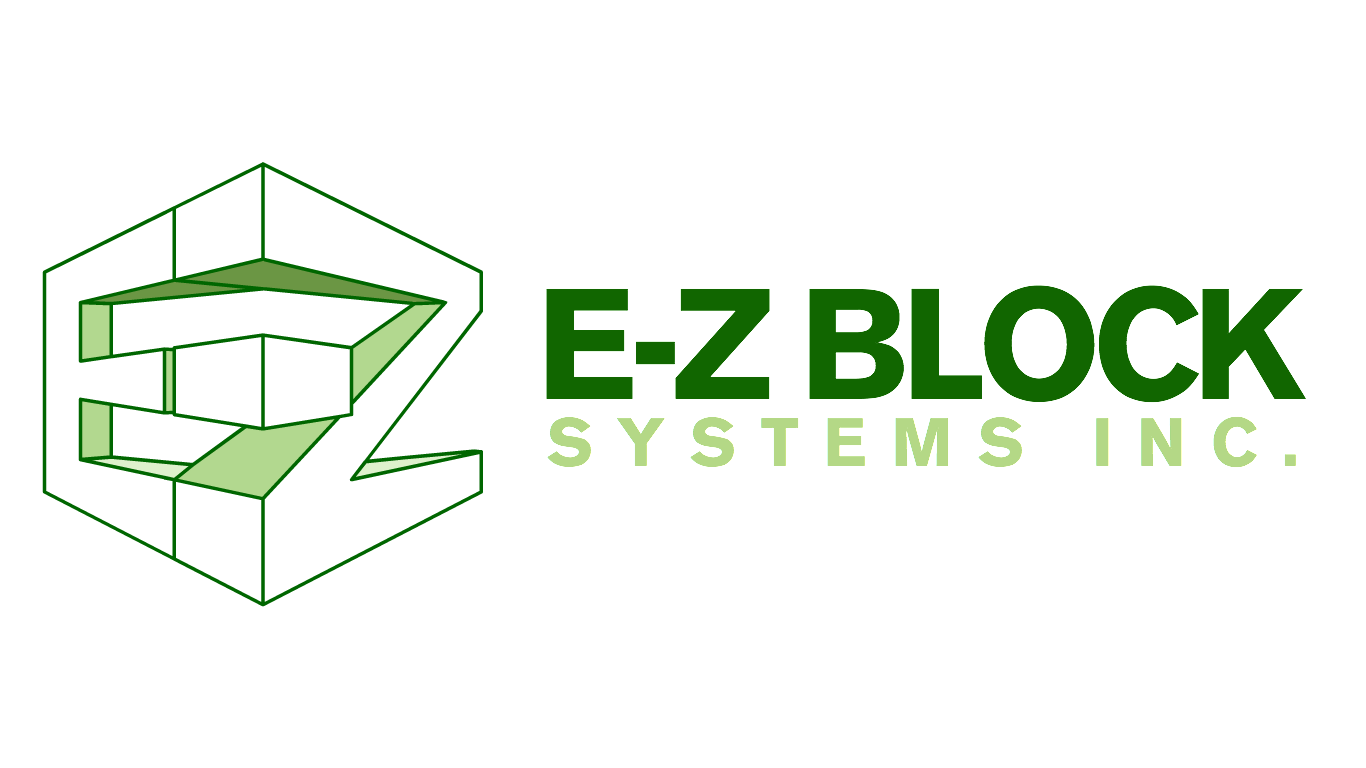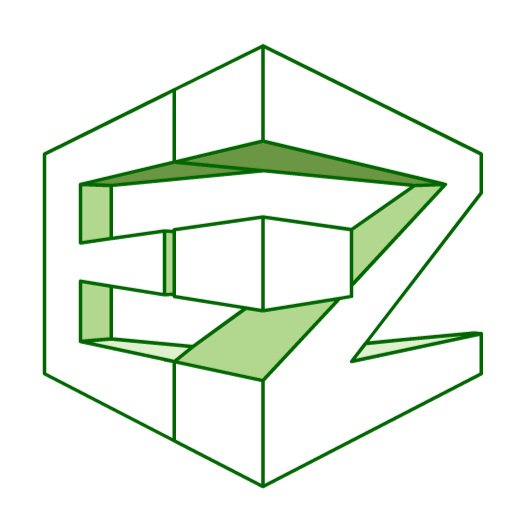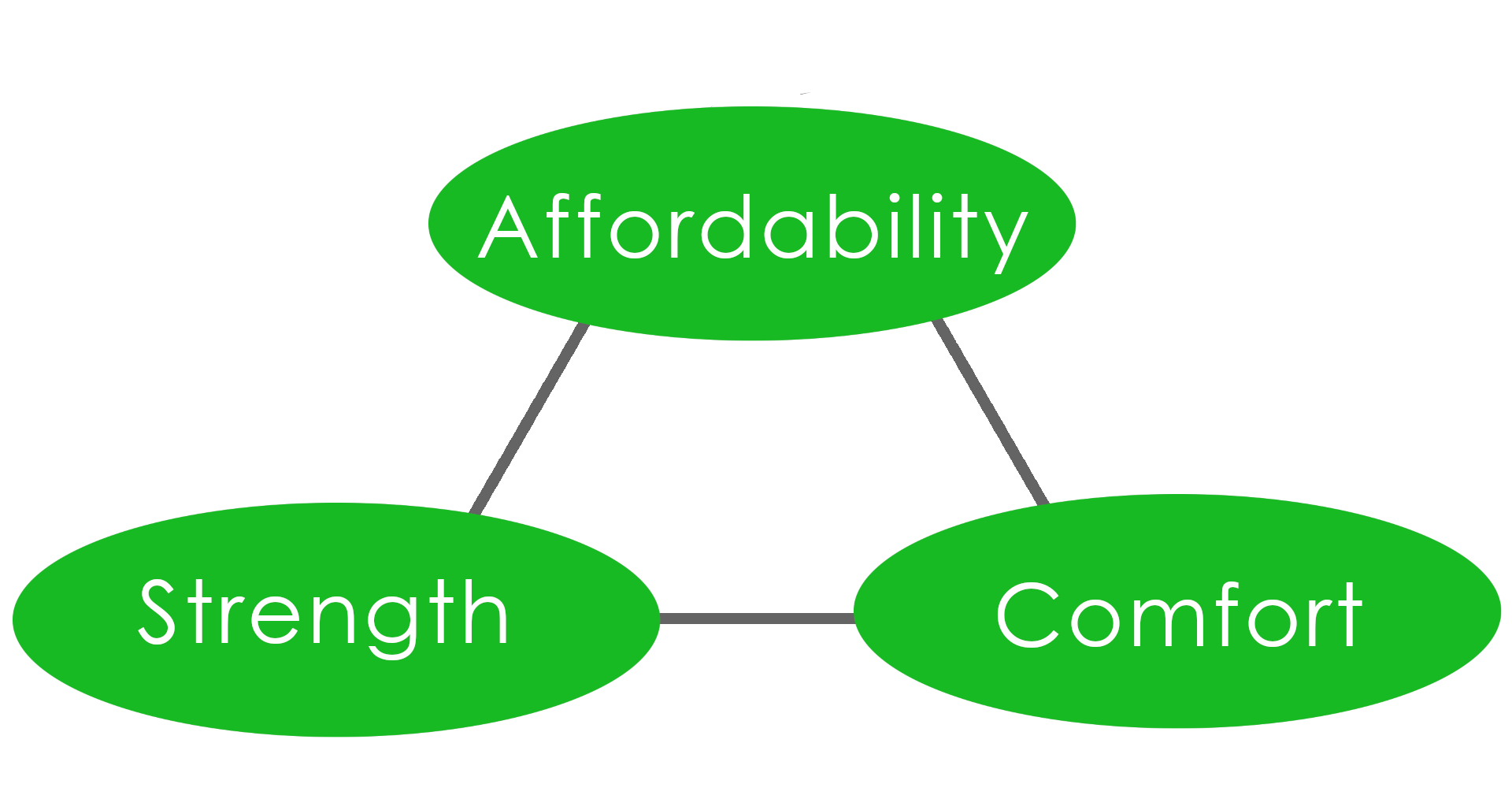About E-Z Block
Picture taken by John Fleck
Strength
Pictures, like this image from FEMA after Hurricane Katrina, truly show the need for constructing STRONG homes. After a terrible disaster, this resident who used ICF construction still had a home. Imagine being one of his unlucky neighbors. Losing your home, your possessions, and being totally dependent on community or government assistance for basic needs. Don’t let that happen. Build with E-Z Blocks, and let your home be something you can count on.
E-Z Blocks resist earthquake and hurricane damage
Research conducted by the Portland Cement Association has been invaluable in showing the performance of various wall assemblies under stress. This table is a summary of their findings during a lateral load test.
As a screen-grid ICF, E-Z Block walls have a massive increase in strength and damage resistance over framed walls.
Flame Spread, Smoke Development: Zero
The ASTM E84 test measures the surface burning characteristics of building materials. When tested, E-Z Block received the safest rating possible: a flame spread index of 0, and a smoke development index of 0. Stated simply, E-Z Blocks do not burn, or produce smoke when exposed to flame.
Eliminate Termites, Vermin, and Dry Rot
All wood houses suffer from the same weakness. They are not made to withstand the assault of nature. Owners of framed homes must go to great lengths to prevent their walls from becoming the homes of vermin and insects, being overrun by mold or fungi, or even warping from moisture. Yet despite these precautions it is a loosing war. E-Z Blocks provide peace of mind for these worries.
Termites: Often when selling a home a termite inspection/infestation report is a condition of sale. Termites can severely weaken the very walls that hold up your roof when you build a traditional wood frame house. E-Z Block walls are inorganic with no nutrients to attract termites and other insects.
Vermin: Unlike framing, E-Z Block walls are a solid structure and provide no viable nesting areas for vermin.
Dry Rot: Dry rot is actually a disease, common to timber and caused by fungi. Dry rot does not affect concrete and is therefore not a worry for the owners of an E-Z Block home.
Comfort
Building with E-Z Block creates a quality home, and you will notice the difference. Surveys of ICF homeowners show that they appreciate the improvement over previous houses. E-Z Block homes promise increased comfort in a number of important areas.
Noise reduction. Whether its high street traffic, early morning lawn mowers, or a neighbor’s late night party, we’ll keep outside noise outside.
Consistent temperature. Insulation and thermal mass smooth out swings in temperature. E-Z Block walls will take a load off your heater and AC unit, and help maintain comfort inside your home.
Solid feel. Gusty winds, heavy traffic, thunderstorms, and even slamming doors can rattle wood framed walls. Not so with concrete.
Peace of mind. Relax, knowing you did it right.
Affordability
To be truly affordable a building product must be comparable in price to other building methods, reduce as much as possible maintenance and upkeep costs (see our ‘Strength section), and create a house that requires less energy. The bulk of a typical utility bill goes toward heating and cooling your home. It is a monthly cost that cannot be refinanced or paid off. By choosing wisely when constructing you can increase your building’s energy efficiency.
The energy efficiency of E-Z Block homes is attributable to 3 factors:
1. Consistent R-Value
E-Z Blocks provide consistent insulation with a solid structure and no risk of deterioration over time. They have no wall studs, which provide a ‘thermal bridge’ for heat to infiltrate or escape and take up approx. 11% of a framed wall.
2. Reduced Air Infiltration
Over half of a framed homes energy loss is due to air infiltration and heat loss through the wall assembly. Air infiltration is typically around .5 ACH (Air Changes per Hour) This means that every hour half the the air volume in a framed house is exchanged for outside air that needs to be heated or cooled. Our solid insulating blocks locked together with continuous concrete make E-Z Block walls exceptionally airtight. In tests, homes built with ICF’s had only about 1/3 to 1/2 as much air infiltration as the typical frame house.
3. Thermal Mass Effect
R-Value measures a material’s resistance to heat flow. These values are measured in carefully controlled testing laboratories. In real life there are other factors that determine the overall energy efficiency of your wall. One of these factors is your walls heat capacity. Heat Capacity measures how much heat a material can hold, which becomes a significant factor with heavy, high-thermal-mass construction like E-Z Block walls. E-Z Block’s concrete core provides excellent heat absorption and ‘thermal lag’. This, combined with the insulation of the block itself, serves to reduce and delay peak loads, which may result in low off-peak energy pricing and reduced HVAC equipment sizes. E-Z Block’s moderate internal temperature swings and reduces the amount of heating or cooling needed. In the right conditions a thermal mass wall will store up the heat throughout the day, and radiate it back outside during the night.
Taking the thermal mass effect into consideration yields a mass-enhanced R-Value, or Effective R-Value. This is calculated by multiplying the steady state R-Value by the DBMS (Dynamic Benefit for Massive Systems), which has been calculated for different climates by researchers at Oak Ridge National Laboratories.











